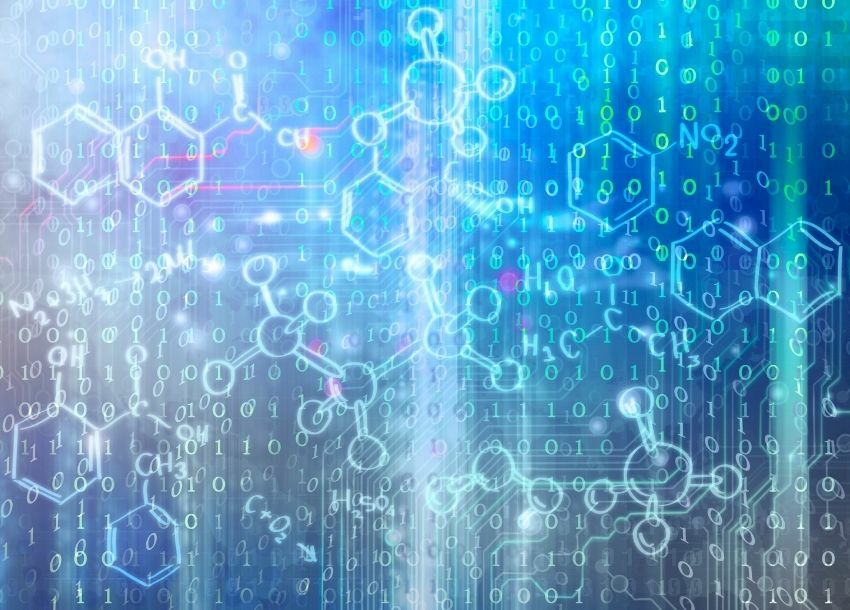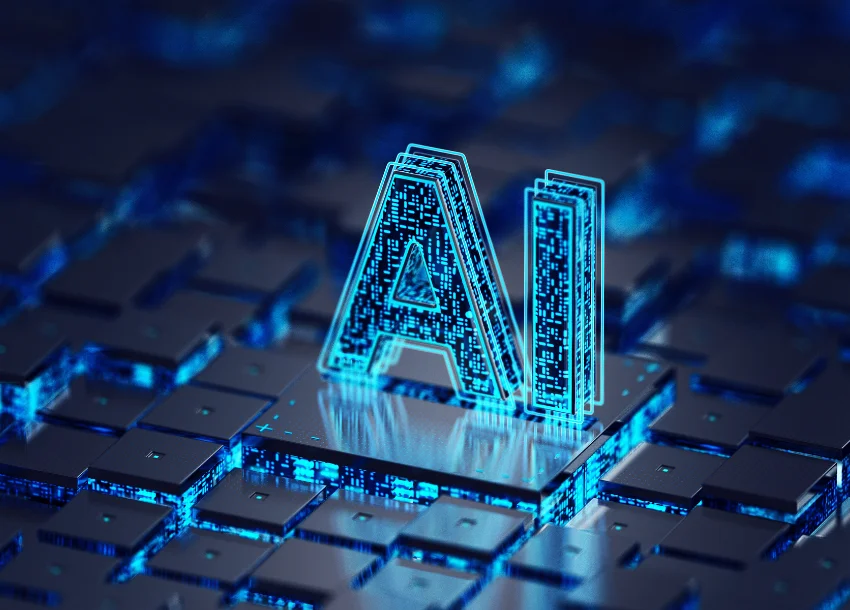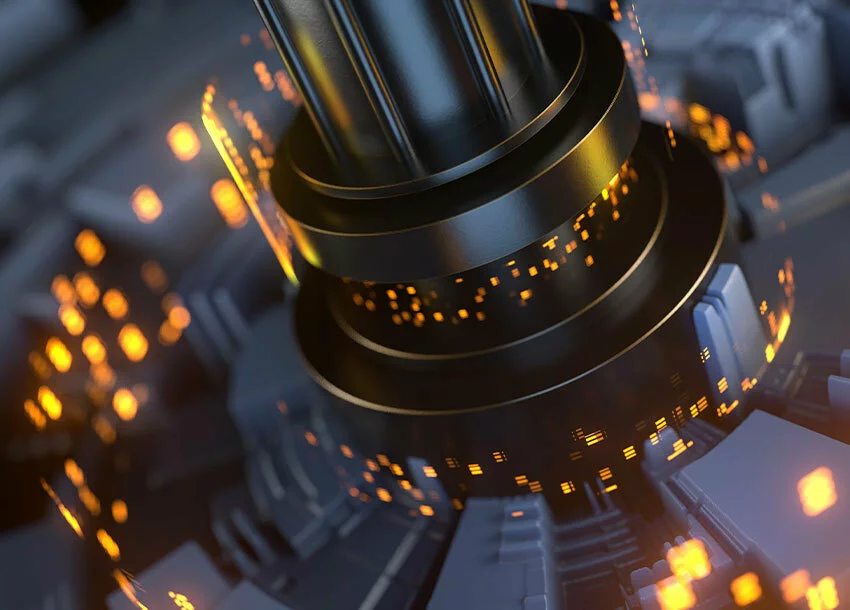Copyright Issues and Licensing of Technology in Life Sciences
In the rapidly evolving life sciences industry, managing intellectual property (“IP”) rights is crucial for fostering innovation and ensuring competitive advantage. Copyrights, in particular, play a significant role due to the limitations inherent to other forms of IP. Accordingly, proactive engagement with copyright strategy facilitates comprehensive IP protection and opens the door to broader dissemination and sustainable commercialization pathways.
Utility of Copyrights in the Life Sciences Industry
Copyrights serve as a vital tool in the life sciences industry, particularly given the volume of creative works of art associated with life sciences companies. This may range from marketing materials to software code, manuals, reports, and articles. Since the passing of the American Invents Act, business methods have faced increased scrutiny, therefore creating challenges for certain life sciences companies that have software or business method advantages. This protection fills gaps where patent eligibility is not viable, comprehensively safeguarding IP portfolios in the life sciences sector.
Copyright Ownership Issues in the Life Sciences Industry
Ownership of copyrighted works in the life sciences sector can be complex, especially in collaborative environments involving multiple institutions or researchers. Key issues include determining initial ownership, applying the “work made for hire” doctrine, and understanding joint authorship implications. Copyright protection is automatic for any “original work of authorship” created and “fixed in a tangible medium of expression.” Accordingly, ownership can become unclear when employees or multiple parties are involved in creation.
Employee and Contractor Work Product
United States copyright law distinguishes between works created by employees and those created by independent contractors. For employees, the “work made for hire” doctrine generally applies: any copyrightable work created within the scope of employment automatically vests in the employer. Thus, it is crucial for organizations to maintain clear agreements and policies defining the scope of employment to determine ownership and the implications of using institutional resources. However, for independent contractors, such as freelance software developers, data analysts, or external consultants, the default is the opposite: contractors retain ownership unless there is a written agreement explicitly assigning copyrights to the hiring party. Without a properly executed assignment agreement, the employer or hiring party may lack the legal right to use, modify, or commercialize the contractor's contributions, which can lead to significant complications in product development, regulatory submissions, or licensing and acquisition deals.
To prevent such issues, life sciences organizations should implement strong contractual frameworks from the outset. Employment agreements should include clear provisions assigning all IP rights to the organization. Similarly, contracts with independent contractors should contain unambiguous clauses stating that all work product is a “work made for hire” and all copyrights vest in the hiring party upon creation.
Joint Authorship
Joint authorship presents another layer of complexity in the life sciences field, particularly in collaborative research environments. Under copyright law, a joint work arises when two or more authors intend to merge their contributions into a unified work, and each contribution is individually copyrightable. Each joint author holds an undivided ownership interest with rights to use or license the entire work, subject to respecting co-authors’ rights. The intent to become co-authors is a key legal requirement; this intent is often assumed but not clearly documented in scientific collaborations.
In academic and commercial research settings, joint authorship can involve multiple parties: universities, private companies, non-profit research organizations, and individual researchers. Cross-institutional collaborations often run into joint authorship issues if there is no prior agreement regarding ownership and licensing. Of parallel concern is the use of a joint work after the collaboration period ends. One party may wish to commercialize, publish, or extend the work, only to discover it needs permission from all co-authors. This can paralyze development and create disputes over royalties, usage rights, or publication approval. To mitigate these issues, collaborators should establish written agreements prior to commencing any work. These agreements should explicitly address ownership, licensing rights, authorship credit, and permissible uses of the resulting work. Documenting rights and restrictions helps enable effective collaboration and prevent costly legal disputes down the line.
A frequently overlooked complication in life sciences projects is the use of preexisting IP that one or more parties may bring into a new project. This principle is crucial in collaborative research environments where ongoing projects may evolve into new, distinct works. When a collaborator contributes preexisting copyrighted material, such as previously developed software libraries, algorithms, or databases, this can restrict the rights of the collective team to modify, reuse, or distribute the final product, especially if no license or ownership agreement is in place. To alleviate these risks, collaborators should clarify licenses and ownership for each preexisting element, as well as address ownership of derivative works arising from the integration of preexisting IP.
Emerging Artificial Intelligence Technologies
Emerging artificial intelligence (“AI”) technologies are reshaping the landscape of copyright and licensing in the life sciences industry. One of the most widespread applications of AI in the life sciences field today is the use of machine learning models to analyze large-scale research and patient data. These systems ingest electronic health records and databases to generate statistical insights, identify patterns, or suggest potential biomarkers. While these outputs may carry immense scientific or commercial value, they often fall into a legal gray area regarding copyright and ownership.
Under the Copyright Act, copyright protection requires human authorship. Recent cases highlight the ongoing debate about human authorship in copyright law, emphasizing that human authorship is a fundamental requirement for copyright protection. In a 2025 case (Thaler v. Perlmutter), the court clarified that works created autonomously by AI systems without any human involvement are not eligible for copyright protection. The court's rejection of the “work made for hire” doctrine for non-human authors underscores the importance of maintaining clear institutional ownership policies and accounting for algorithmically created works. As AI technologies continue to evolve, life sciences entities must adapt their copyright and licensing strategies to address these new challenges.
Licensing of Copyrighted Life Sciences Technology
Licensing is an increasingly crucial aspect of business strategy in the life sciences sector. It allows entities to share intellectual property rights, distribute risks, and optimize the commercial potential of innovations. Copyright licensing agreements are essential for the lawful use and distribution of valuable works, such as software, databases, publications, and digital health applications. To facilitate collaboration, promote responsible knowledge sharing, and enable commercialization, life sciences institutions must adopt thoughtful and strategic licensing practices that reflect the unique needs of the sector. Key legal considerations revolve around the “scope” of and “restrictions” on the rights transferred between parties, which facilitate compensation structures and provide a framework for managing the parties’ respective rights and obligations.
All licensing arrangements should be memorialized in clear, written agreements. These agreements must define precisely what is being licensed (the “scope”) and under what conditions (the “restrictions”). Regarding scope, the agreement should first clearly define the precise technology being licensed, for example, a copyrighted drug formulation, manufacturing process, an algorithmic research methodology, or any combination thereof. The contract mechanism should clearly specify the exclusive rights under copyright that are being licensed and define the scope for usage, which includes details such as the duration of the license, any sublicensing rights, and whether the licensee is allowed to modify the works or create derivative works. As to restrictions, licensors should set in stone territorial and media limitations on the use of the technology, lay out any performance limitations or obligations, and include mechanisms for dispute resolution, such as arbitration or mediation. These terms should be proportionate to the context, such as whether the license is intended for internal use, commercial deployment, or public dissemination. Having well defined rights and responsibilities fosters trust and legal certainty and supports compliance as research outputs are reused, expanded, or integrated into downstream developments.
Among the myriad of considerations in the licensing of technology is the exclusivity of the license itself. The law distinguishes exclusive licenses as transfers of ownership interests, while nonexclusive licenses are merely permission without conveyance of title. Exclusive licenses under copyright law transfer ownership of the copyright during the term of the license and must be in writing, as required by the Copyright Act. Non-exclusive licenses, on the other hand, do not transfer ownership and are not subject to the writing requirement; they may be granted orally or implied from conduct, though state law may impose different standards for their enforceability. A copyright owner may also grant exclusivity regarding third parties while expressly reserving for itself the right
to continue exercising the licensed rights. This is sometimes referred to as a “sole” license and is typically created by coupling an exclusive license grant with an express reservation of rights by the owner. Prior to granting an exclusive or sole license, the copyright owner should investigate the licensee to ensure its capability to satisfactorily exploit the licensed work.
Copyright licensing is not just a legal mechanism but a strategic tool for managing creativity, collaboration, and impact. By adopting thoughtful licensing strategies and using clear agreements, life sciences organizations can ensure that their copyrighted works are used responsibly and shared effectively to create both scientific and societal value.
Final Thoughts
As technology continues to progress, life sciences entities must remain vigilant in managing copyright and licensing matters. As rapidly as technology evolves, so too does IP law. Courts and regulatory entities continue to address the complexities of human authorship requirements, the scope of intellectual property rights in collaborative settings, and the implications of licensing agreements. With the right legal guidance, life sciences organizations and research institutions can ensure their innovations are protected and leveraged effectively in a rapidly evolving technological landscape.
About Maynard Nexsen
Maynard Nexsen is a full-service law firm of 600+ attorneys in 31 locations from coast to coast across the United States. Maynard Nexsen formed in 2023 when two successful, client-centered firms combined to form a powerful national team. Maynard Nexsen’s list of clients spans a wide range of industry sectors and includes both public and private companies.









